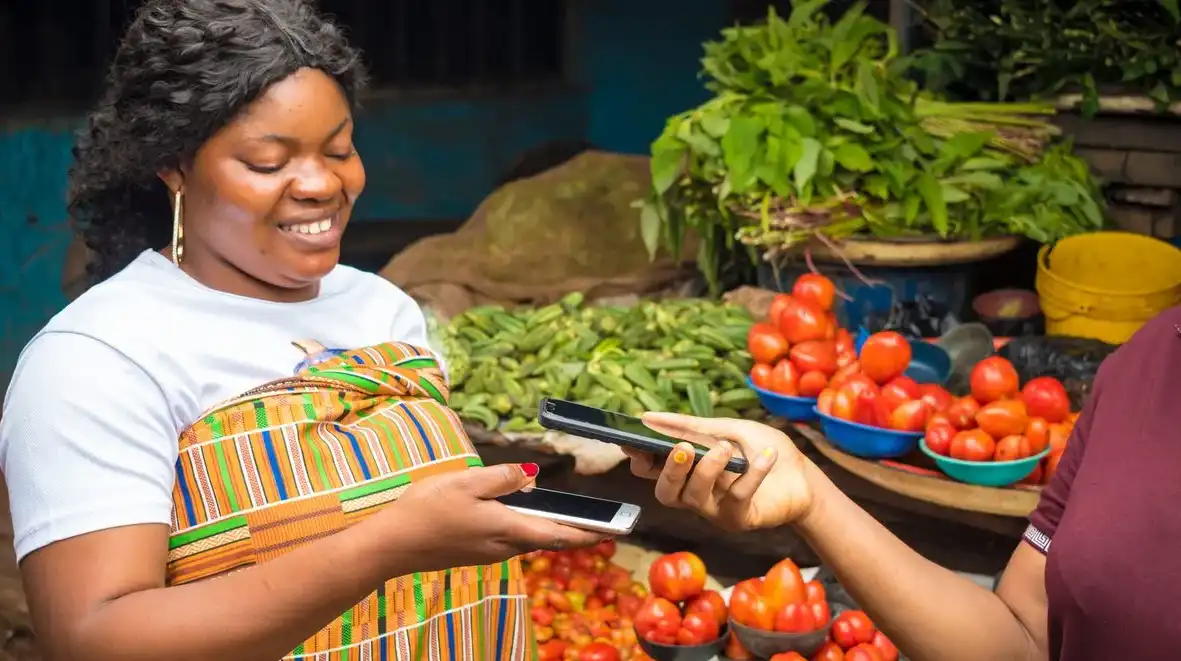Mobile Payments in Kenya: A Game-Changer in the Economy
Mobile payments in Kenya have transformed how people transact daily. From urban cities to rural villages, mobile money is everywhere. Services like M-Pesa have become essential. Over 70% of Kenyans use mobile wallets regularly. The shift is no longer optional—it’s the norm.
Rising Adoption of Digital Wallets
Digital wallets are growing fast. Young people, especially, are embracing cashless payments. With a smartphone and internet, you can pay bills, send money, and shop online. Convenience is the key. Moreover, digital wallets reduce theft risks and eliminate long queues in banks.
The Role of Fintech Innovations
Fintech startups are driving major change in Kenya’s mobile payment industry. They offer apps with features like loan access, savings plans, and insurance. These platforms are easy to use. Many also support multiple languages, making them accessible to everyone.
Security and Trust Are Top Priorities
With more digital transactions, security becomes critical. Fortunately, mobile payment providers are investing in robust encryption technologies. Biometric verifications and two-factor authentication are now common. Users can trust their money is safe, even on mobile.
Government Support and Policy Shifts
The Kenyan government supports digital finance through favorable policies. For example, transaction charges on small transfers were waived during the COVID-19 pandemic. Such initiatives encourage more citizens to go cashless. Additionally, the Central Bank of Kenya is exploring a digital shilling to strengthen the ecosystem further.
Cross-border payments are getting easier. Kenyan mobile money services now link with platforms in Uganda, Tanzania, and Rwanda. Sending money across borders is faster and cheaper than ever. This development boosts regional trade and supports families with loved ones abroad.
5G and Internet Expansion Will Drive Growth
Kenya is rolling out 5G networks and expanding internet coverage. Better internet will enhance mobile app functionality. Faster speeds mean smoother payments and fewer delays. More rural areas will join the digital revolution, closing the tech gap nationwide.
Artificial Intelligence and Automation in Mobile Finance
AI is changing mobile payments. Chatbots now help users with transactions, balances, and even budgeting tips. Fraud detection systems powered by AI flag suspicious activity in real-time. As a result, users experience smoother and safer services.
Challenges That Still Remain and Opportunities for Entrepreneurs and SMEs
Despite progress, challenges persist. Limited smartphone access and poor internet coverage in some regions hinder growth. Additionally, digital literacy is still low in some communities. However, education campaigns and cheaper phones are helping bridge this gap.

Mobile payment systems open new opportunities for small businesses. Entrepreneurs can now receive payments instantly and grow their customer base online. With QR codes, online shops, and mobile POS systems, businesses can operate without expensive infrastructure.
Sustainability and the Digital Economy
Cashless systems are eco-friendly. They reduce paper usage and fuel consumption needed for physical banking. As Kenya’s mobile payment system grows, it also supports a more sustainable economy. Digital transactions leave less environmental impact.
Final Thoughts: Kenya is Leading Africa’s Mobile Payment Revolution
Kenya remains a global leader in mobile money. The country’s innovation, government support, and user adoption pave the way for an exciting future. As technology improves and accessibility grows, mobile payments in Kenya will become even more powerful.
Now is the time to go cashless, secure your finances, and be part of Kenya’s digital transformation.
Read and Know more about Technology and related news at https://konemedia.co.ke/category/technology/



